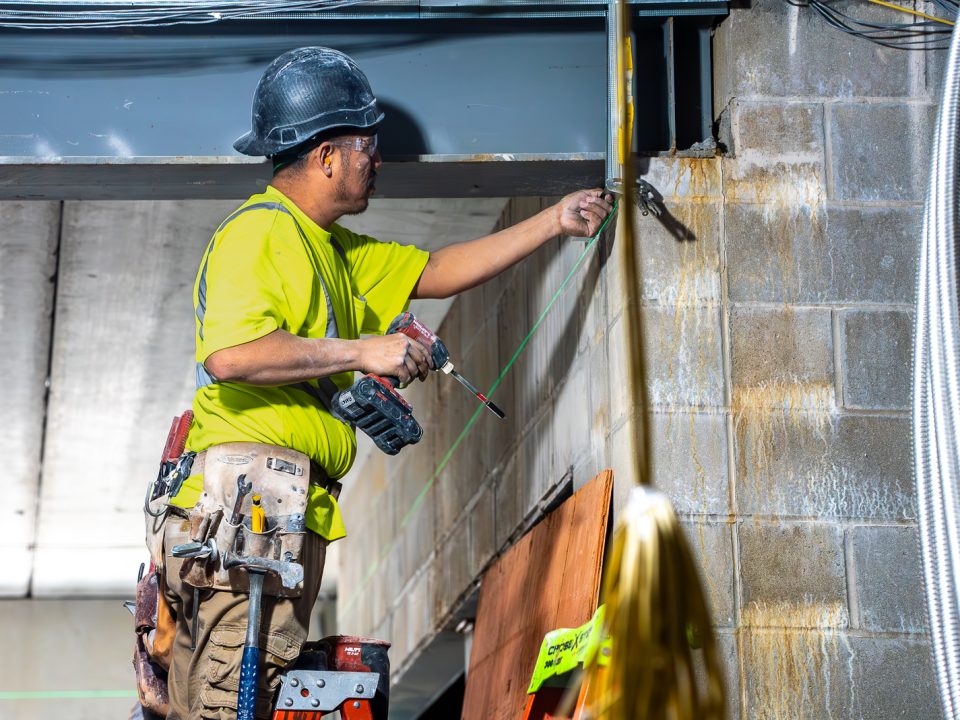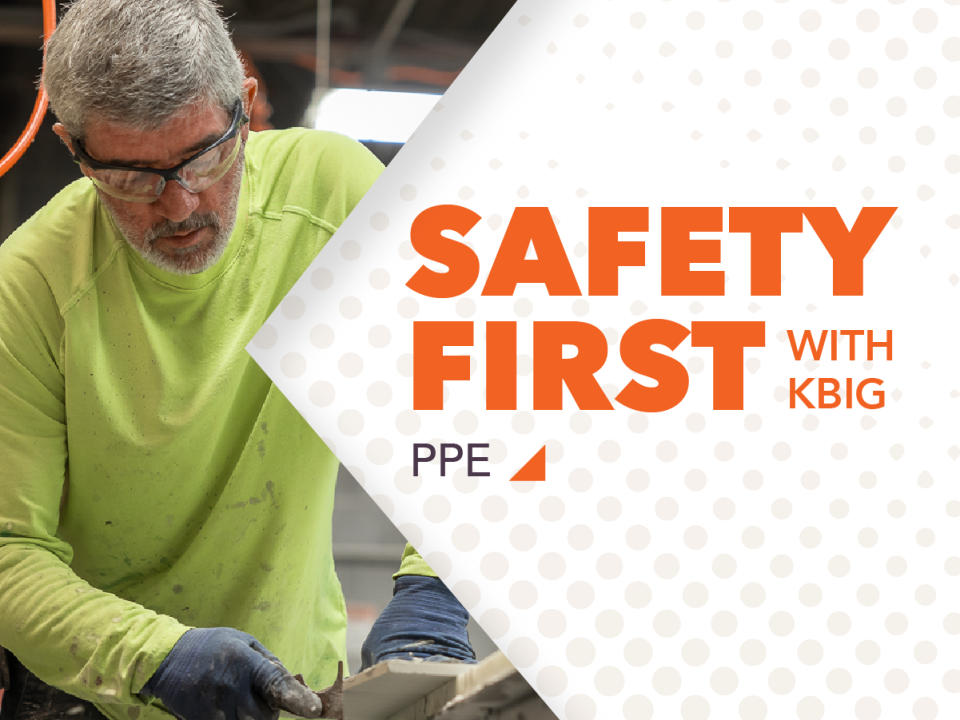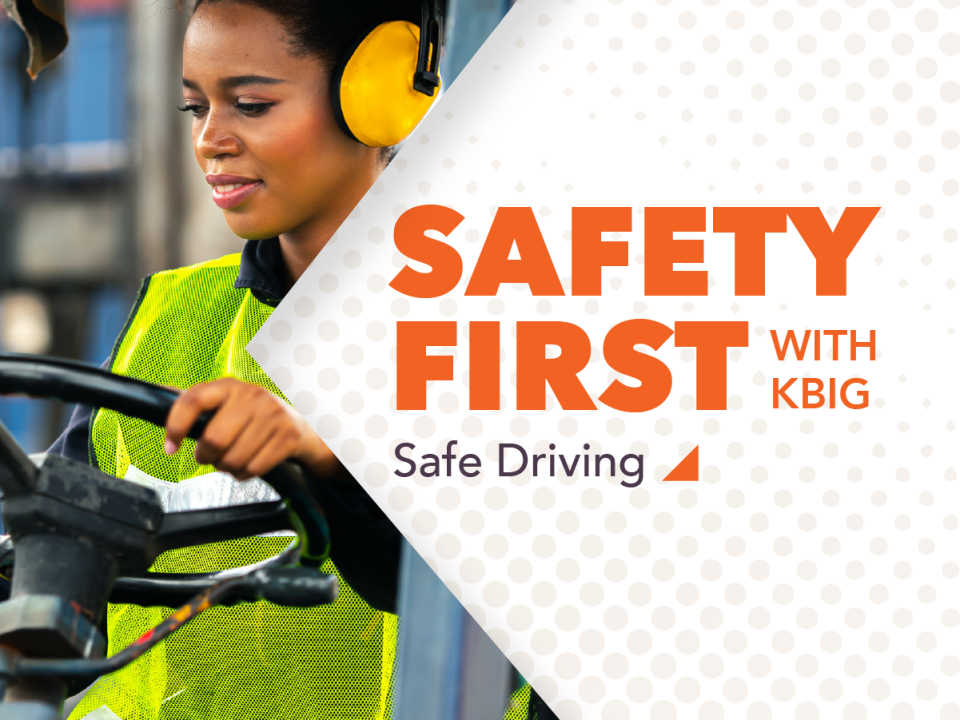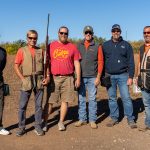
KBIG Participates in 2023 Clay Shoot Fundraiser Hosted By WABA
November 10, 2023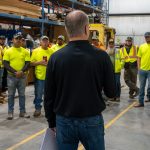
The KBIG Difference
March 4, 2024At Kansas Builders Insurance Group, the safety of our members is our top priority, and we want to remind you of one of our most important goals: to keep you, your team and your job sites safe by preventing falls. To help you achieve this, we’ve provided comprehensive safety resources that you can use throughout the month.
Why Fall Prevention Is Important
Falls continue to be the number one cause of death in the construction industry. What makes these tragedies even more disheartening is the fact that they are preventable. The Occupational Safety and Health Administration (OSHA) mandates that appropriate fall protection must be in place whenever you or your team are working at a height of 6 feet or more from the ground with an unprotected side or edge.
Understanding Fall Protection
There are two main types of fall protection that everyone should be familiar with: fall restraint and fall arrest.
- Fall Restraint is all about preventing falls from happening in the first place. It includes measures like guardrails and personal fall restraint systems that keep you from reaching an unprotected “fall” point.
- Fall Arrest, on the other hand, is designed to stop a fall once it has already occurred. The entire personal fall arrest system (PFAS) must be capable of withstanding the tremendous impact forces involved in a fall. A person without protection can free-fall 4 feet in just half a second and a staggering 16 feet in one second! A PFAS includes a full-body harness, a shock-absorbing lanyard or rope grab, a vertical lifeline and a sound anchorage capable of supporting a load of up to 5,000 pounds.
The Do’s and Don’ts of Fall Arrest Systems
Let’s talk about the do’s and don’ts of using a fall arrest system. These guidelines are critical to ensure your safety and the safety of your team.
Do
- Pick a Strong Anchorage Point: Ensure your anchorage point can support a whopping 5,000 pounds, which is strong enough to support a pickup truck!
- Rig the System to Prevent Free Falls: Rig it so that you can’t free-fall more than 6 feet or make contact with any lower level.
- Tie Off Above Your Head: If you’re a 6-foot-tall person who ties off at the feet, you could potentially free-fall as far as 12 feet.
- Position Anchorage Directly Above/Behind Your Work Area: This minimizes potential swing fall hazards.
- Use the Shortest Lanyard Possible: Remember, the shorter the tie-off, the shorter the fall.
- Have Anchorage Points Selected by a Competent Person: Your safety depends on it.
Don’t
- Do Not Tie Off to Vent Pipes or Unstructured Areas: They won’t provide the support you need.
- Do Not Tie a Knot in the Lanyard: This will weaken its strength.
- Do Not Use Inappropriate Anchor Points: Water pipes, electrical conduits, light fixtures and guardrails should never be used as anchor points.
- Do Not Use Lanyards Without Self-Locking Snap Hooks: Ensure your equipment is up to standard.
- Do Not Join Multiple Lanyards Together: It’s not a safe practice to reach an anchorage.
- Do Not Share an Anchorage with Another Worker: Unless it’s designated and approved by an engineer.
- Do Not Unhook While Exposed to a Fall Greater Than 6 Feet: This is a recipe for disaster.
- Do Not Let Someone Else Rig Your Equipment: Always double-check for correct rigging.
- Do Not Use an Anchorage Dependent on Others: Especially those supporting or suspending platforms.
Equipment Inspection and Maintenance
The safety of your fall arrest system depends on the condition of your equipment. Here’s what you need to know:
- Daily Inspections: You must inspect your equipment daily before each use. Look for wear, damage, deterioration, fraying ropes, cracks or any defects in the hardware.
- Tag and Remove Defective Equipment: If you find any defective equipment during your inspection, make sure to tag and remove it from service immediately.
- Sound Anchorage: Always ensure that you are attached to a sound anchorage point that can withstand the forces involved in a fall.
Additional Safety Tips
While fall prevention is our primary focus for this time of year, it’s essential to remember other safety practices that can keep you safe on the job site. Here are some additional tips:
- Pay Attention to Your Surroundings: Be aware of where you’re going and what’s in your way.
- Walk, Don’t Run: Avoid rushing, especially on slippery surfaces.
- Wear Sturdy Shoes with Nonskid Soles: Proper footwear can prevent slips and falls.
- Keep Aisles, Stairs and Walkways Clear: Remove tools, materials, cords, and other obstacles from these areas.
- Report Broken Infrastructure: If you notice broken flooring, stair rails, steps, ladders, or burned-out lights, report it immediately.
- Clean Up Leaks and Spills Promptly: Spills can create slippery surfaces, so address them as soon as possible.
- Block Off and Mark Areas Under Repair: Prevent access to areas that are under maintenance or repair.
- Dispose of Trash Properly: Proper disposal prevents trip hazards.
- Close Drawers: Leaving drawers open can lead to accidents.
- Stay Away from Dock and Platform Edges: Always be cautious near edges.
- Walk Slowly on Slippery Surfaces: Slide your feet to maintain balance.
- Don’t Wear Baggy Pants: Baggy clothing can increase the risk of tripping.
- Use Ladders Instead of Chairs or Boxes: Chairs and boxes are not stable substitutes for ladders.
- Don’t Carry Loads That Block Your View: This can lead to accidents, especially on stairs.
- Avoid Jumping on or off Platforms and Loading Docks: Use proper access points.
- Don’t Tilt Back in a Chair: This can lead to falls.
At KBIG, we’re dedicated to your safety, and providing fall prevention safety tips is just one way we show our commitment. By understanding fall protection, following the do’s and don’ts of fall arrest systems and practicing general safety tips, you can ensure a safer work environment for yourself and your team.
Need more information or assistance? Feel free to contact us with any questions you might have and don’t forget to check out more of our valuable resources.

